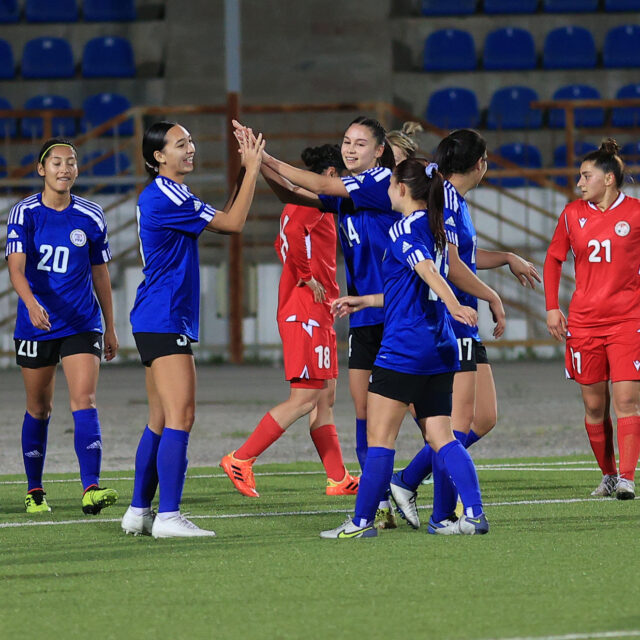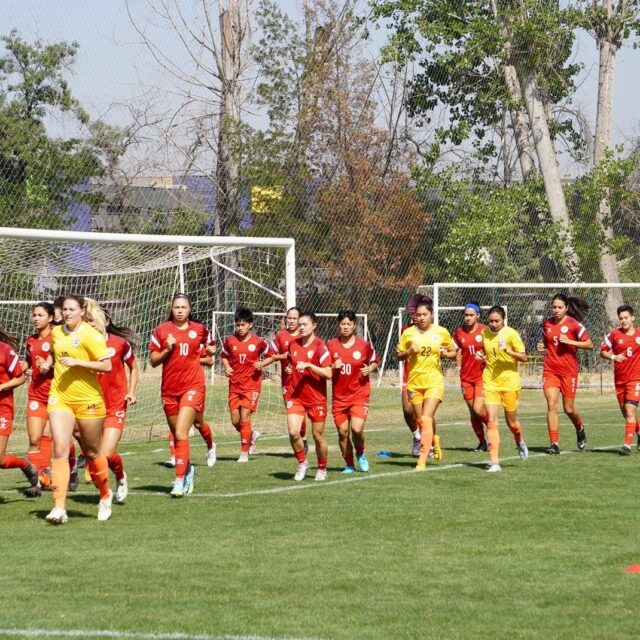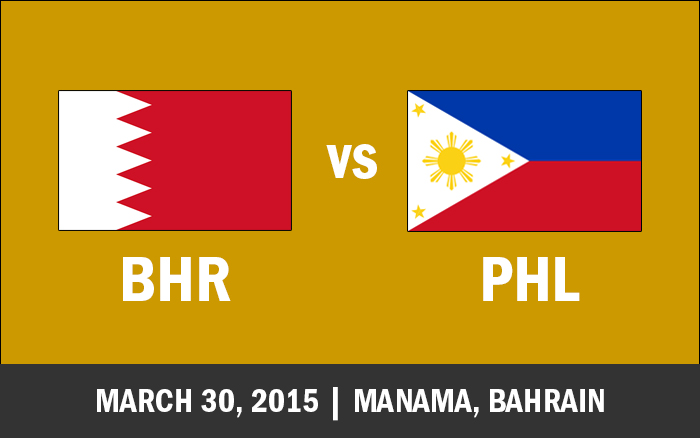Recent small triumphs in football have enabled the Philippines to rise in the global ranking of FIFA from 135 to 116, an impressive jump by 16 points. I personally saw live on TV the dramatic 3 – 2 upset of North Korea by our national team, the AZKALs. That victory helped the Philippines also to curry favour with the Chinese because our beating North Korea helped the national Chinese team advance in the final qualifying round for the 2018 World Cup in Russia. One way we can capitalise on this favour is to identify some Chinese business enterprises that can sponsor in the future some of our football clubs that are beginning to shine in the Southeast Asian region.
Take Ceres-La Salle and Kaya. Both Philippine clubs that have shone in the United Football League (UFL) recorded historic wins against their respective ASEAN opponents, Tampines Rovers and Balestier Khalsa, both of Singapore, a country with decades of football traditions Ceres-La Salle won 2 to 1 while Kaya had a more impressive victory 3 to 0. These small gains mean a lot for a country that did not even have a representative in the AFC Cup until 2015. Football as a national sport is very much at its incipient stage in the Philippines, especially compared to basketball in which we have more than half of a century of outstanding performance in the world stage. I am glad, though, that we have the right leadership being shown by the Philippine Football Federation and very proactive business and civil society sectors that are promoting the sport at all social levels, from the street children of slum areas to the public school system and finally to the posh subdivisions and exclusive private schools .
We should take full advantage of the Filipino diaspora of more than 10 million expat Filipinos, many of whom are intermarrying with citizens of their host countries. We should not apologise that the majority of the players now for our national team are not “full-blooded” Filipinos but are “mestizos”, e.g. Filiipino-British, Fil-Spaniards, Fil-Australians Fil-Americans, Fil-Iranians, etc. These players from mixed parentage can take full advantage of the long-standing practices of football in the countries of their non-Fiipino parents. This will make up for the lack of football tradition in the Philippines. A football-playing culture is very important for conditioning the young in excelling in the sport, which requires habits developed from early childhood. I encourage our football clubs to spare no effort in looking for these mestizo talents, especially in the world’s leading football nations like Spain, Germany, Italy, the Netherlands, Austria, Portugal—nations where there are numerous OFWs. We may also source from some of these European nations top football players, not necessarily for our national team, but for our football clubs, in the same way that some of the best football clubs in the world like FC Barcelona depend on foreign players like Messi (Argentinian), Neymar (Brazilian), and Suarez (Uruguan) to win championships. I have noticed a good number of young Spanish football players looking for work in the Philippines since close to 50 % of yuppies in Spain are unemployed. This would be an opportunity for our football clubs to attract some very good players so we can continue to excel in the Asian cups. It does not matter if many these imported players cannot play for the national team. By giving international prestige to our private football clubs, we attract more of our youth to be passionate about football
We can also learn from the long-term planning that is now going on in the football industry in China. As a recent article in the International New York Times (April 13, 2016) reported, China is not sparing any effort to reach the top of the soccer world in the next thirty or more years. Like their South Korean and Japanese rivals, the Chinese also plan to be world champions by 2050. As Gao Hongbo, the national team coach said in an interview, “The Chinese government, including the sports and education ministries, support football more and are paying attention to youth development. If we continue like this, China will become very strong.” The Chinese are putting their money where their mouth is. After five years of increasing spending, the Chinese Super League as a whole paid round $300 million in the winter of 2015 on foreign stars, including Alex Teixeira of Brazil and Jackson Martinez of Colombia. The most famous Chinese club, Guanzhou Evergrande, has already won two of the past three Asian Champions League title. China will have a chance to test itself against South Korea on September 1 in the first match of the final round on the road to the World Cup in Russia.
We may not be able to match the spending of China in their ambitious goals of reaching the top of the soccer world. We can, however, emulate their plan to introduce football to 20,000 schools, with 30 million children playing the game regularly by the end of the present decade. Already, through a private foundation, former Senator Ed Angara is working with the Department of Education to introduce the playing of football in the sports program of all our public schools. Local coaches will be trained with the help of the Real Madrid Foundation that will conduct training camps for coaches. Local governments, NGOs, and business enterprises can replicate this effort with Real Madrid with other famous football clubs in Europe, such as FC Barcelona, Liverpool, Bayern, Paris San Germaine (PSG), Inter Milan, Manchester City, Sevilla, Atletico de Madrid, and many others. Local football supporters can approach the various European embassies as well as Latin American embassies, to help identify the world’s leading clubs that take it upon themselves to help the Philippines compete with China and other Asian countries in excelling in the world’s leading sport. I already know for a fact that FC Espanyol, the other top club in Barcelona, has very concrete proposals to help the local government of Iloilo City, together with educational and business institutions, to put up a Football Academy in what can be called again the “Queen City of the South.” Since we do not have the money to compete with China and with the strong nations of Asia, we must use “football diplomacy” with our European and Latin American partners. I am sure that even the Argentinians, Brazlians, Chileans, Mexicans and other strong football nations in Latin American will be more than willing to help the Philippines to hold its own in the football arena of Asia.
For comments, my email address is [email protected]



